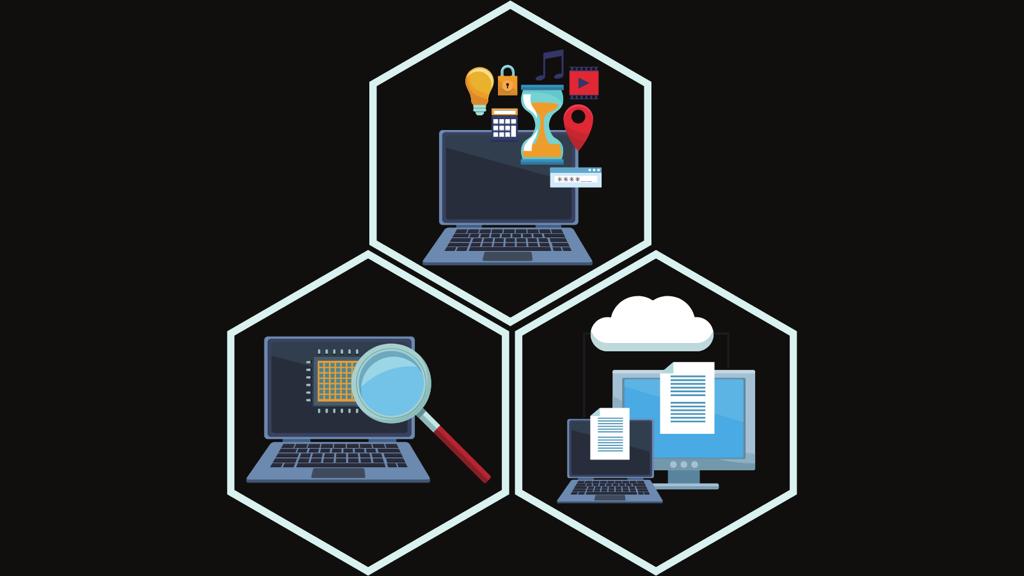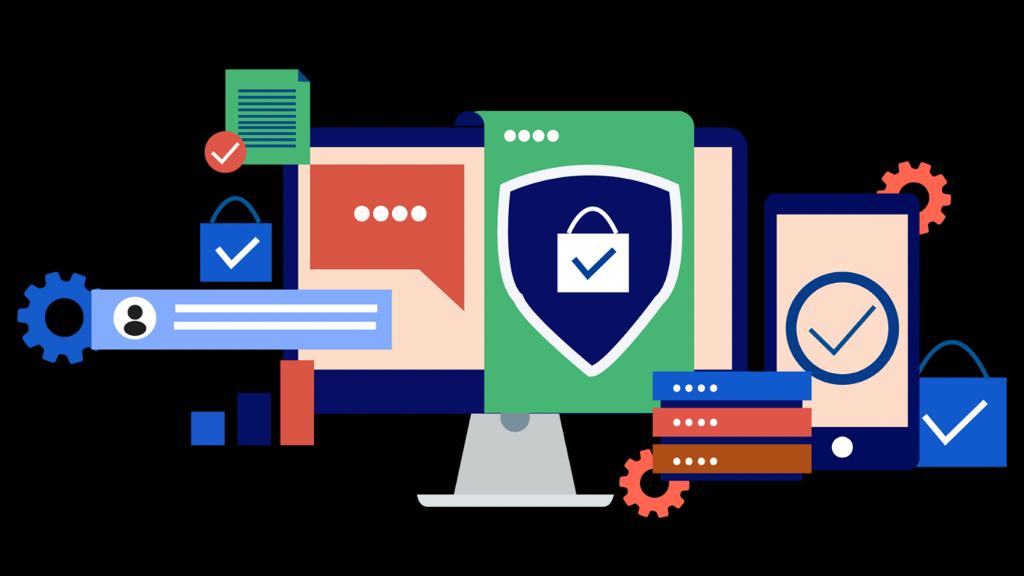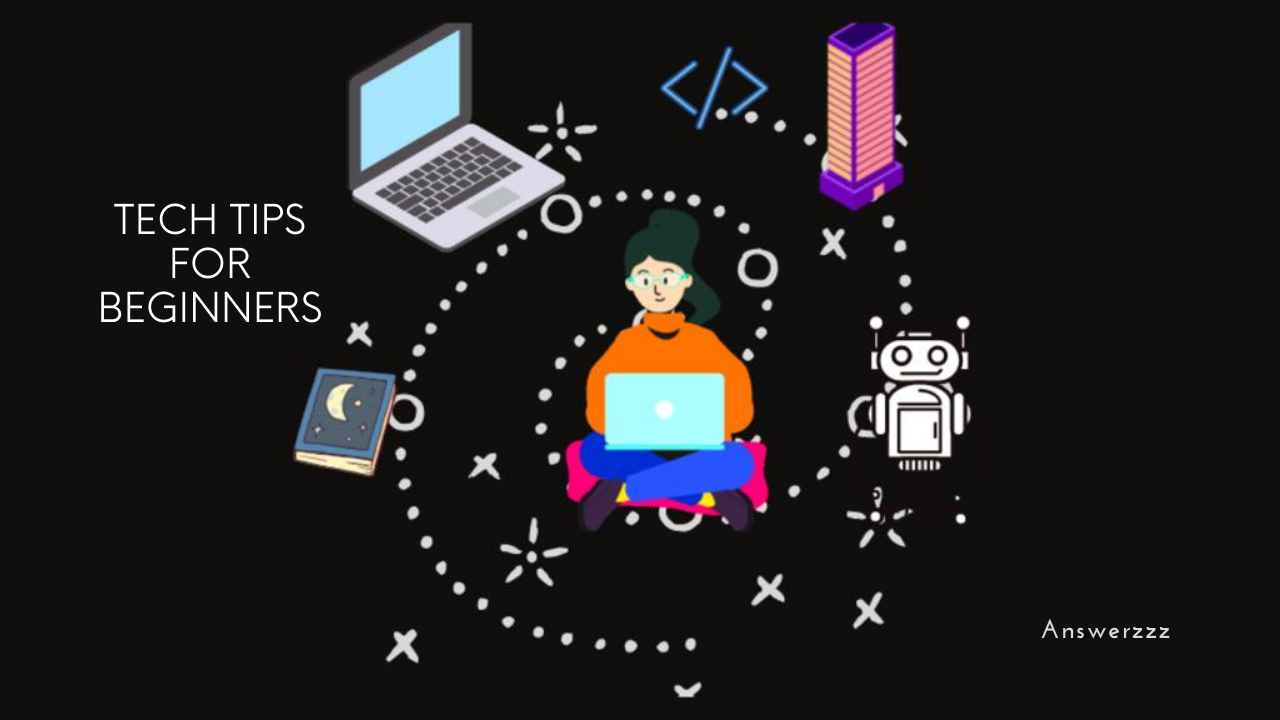In today’s fast-paced world, technology plays a crucial role in enhancing productivity. For beginners, navigating the vast array of digital tools available can be overwhelming. However, understanding how to effectively use simple digital tools can significantly boost productivity and streamline daily tasks. This article will explore various tech tips, focusing on user-friendly applications and strategies that beginners can easily adopt.
Understanding Productivity
Before diving into specific tools, it’s essential to define what productivity means in the digital age. Productivity refers to the ability to accomplish more in less time while maintaining quality. It involves managing tasks efficiently, utilizing resources effectively, and staying organized. With the right tools and techniques, even beginners can maximize their productivity and achieve their goals more efficiently.

Task Management Tools
One of the most effective ways to boost productivity is through task management tools. These applications help users organize their tasks, set deadlines, and track progress. For beginners, tools like Todoist and Microsoft To-Do are excellent starting points. Todoist offers a simple interface that allows users to create tasks, set priorities, and categorize them into projects. Microsoft To-Do integrates seamlessly with other Microsoft Office applications, making it ideal for those already in the Microsoft ecosystem.
Using task management tools encourages users to break down larger projects into smaller, manageable tasks. This approach reduces overwhelm and provides a clear path to completion. By regularly updating and reviewing tasks, users can maintain focus and motivation.
Calendar Applications
Time management is a critical aspect of productivity. Calendar applications help users schedule tasks, set reminders, and plan their day efficiently. For beginners, Google Calendar and Apple Calendar are user-friendly options that offer essential features without overwhelming complexity.
Google Calendar allows users to create multiple calendars, set event reminders, and share schedules with others. The integration with Gmail enables automatic event creation from emails, simplifying the scheduling process. Apple Calendar provides a similar experience for Mac and iPhone users, offering seamless synchronization across devices.
Optimize Your Gaming Setup for Competitive Play: A Comprehensive Guide
By using calendar applications effectively, beginners can allocate time for specific tasks, appointments, and breaks. This structured approach helps users manage their time wisely and minimizes the risk of overcommitting.
Note-Taking Applications
Taking notes is an integral part of learning and productivity. Note-taking applications allow users to capture ideas, jot down important information, and organize notes effectively. Evernote and Microsoft OneNote are popular choices among beginners for their intuitive interfaces and robust features.
Evernote enables users to create notebooks, clip web articles, and add multimedia notes. The search functionality allows users to find information quickly, making it a valuable resource for research and organization. Microsoft OneNote, part of the Microsoft Office suite, offers a free-form canvas for note-taking, allowing users to draw, type, and insert images seamlessly.
By using note-taking applications, beginners can keep their thoughts organized and easily access information when needed. This habit not only enhances learning but also promotes creative thinking and idea generation.
Communication and Collaboration Tools
In today’s interconnected world, effective communication is essential for productivity. Collaboration tools facilitate teamwork, allowing individuals to share ideas, files, and feedback in real-time. Slack and Microsoft Teams are two excellent options for beginners looking to enhance their communication skills.
Slack is a messaging platform designed for teams, allowing users to create channels for different projects, share files, and communicate in real-time. Its user-friendly interface makes it easy for beginners to navigate and participate in discussions. Microsoft Teams integrates seamlessly with other Microsoft Office applications, providing chat, video conferencing, and file-sharing capabilities in one platform.
Using communication tools effectively fosters collaboration and keeps team members informed. For beginners, these tools reduce email clutter and streamline communication, making it easier to stay on track with projects and tasks.

Automation Tools
Automation can significantly reduce repetitive tasks, allowing users to focus on more critical aspects of their work. Tools like Zapier and IFTTT (If This Then That) enable beginners to automate various processes by connecting different applications.
For example, with Zapier, users can create “Zaps” that automatically transfer data between applications. A beginner might set up a Zap that adds new email subscribers from a form to a Google Sheets spreadsheet. Similarly, IFTTT allows users to create simple conditional statements to automate tasks across apps. A user could set up a rule to automatically save email attachments to cloud storage.
By implementing automation tools, beginners can save time on routine tasks, reduce the risk of errors, and maintain a more organized workflow. This capability allows for more focus on creative and strategic endeavours.
Cloud Storage Solutions
Having access to files from anywhere is essential for modern productivity. Cloud storage solutions enable users to store, share, and access files securely online. Google Drive and Dropbox are popular options for beginners, offering straightforward interfaces and robust features.
Google Drive provides 15GB of free storage and integrates seamlessly with Google’s suite of applications, including Google Docs and Sheets. This integration allows users to collaborate on documents in real-time, making it a valuable tool for group projects. Dropbox offers similar functionality, allowing users to store files, share links, and collaborate on documents.
Utilizing cloud storage solutions ensures that files are accessible from any device and reduces the risk of losing important data. For beginners, this technology enhances collaboration and simplifies file management.
Time Tracking Tools
Understanding how time is spent is crucial for improving productivity. Time tracking tools help users monitor their time usage and identify areas for improvement. Toggl and Clockify are beginner-friendly options that provide essential time-tracking features.
Toggl allows users to track time spent on specific tasks and generate reports to analyze productivity. Its simple interface makes it easy to start and stop timers, ensuring accurate tracking. Clockify offers similar functionalities and includes project management features, making it suitable for teams.
By using time-tracking tools, beginners can gain insights into their working habits, identify time-wasting activities, and optimize their schedules for maximum efficiency. This awareness promotes accountability and encourages better time management practices.
Learning and Skill Development Platforms
Continuous learning is vital for personal and professional growth. Online learning platforms provide beginners with access to various courses and resources to enhance their skills. Coursera and Udemy are excellent starting points for those looking to expand their knowledge.
Coursera partners with universities and organizations to offer courses on diverse topics, from programming to personal development. Users can enrol in free or paid courses, often receiving certificates upon completion. Udemy features a vast library of courses created by industry professionals, allowing learners to choose topics that align with their interests and career goals.
By investing time in learning platforms, beginners can acquire new skills, enhance their marketability, and stay updated with industry trends. This commitment to self-improvement directly contributes to increased productivity and career advancement.
Mind Mapping Tools
Visualizing ideas and concepts can enhance understanding and creativity. Mind mapping tools help users organize their thoughts visually, making it easier to brainstorm and plan. MindMeister and XMind are user-friendly options that cater to beginners.
MindMeister allows users to create interactive mind maps that can be shared and collaborated on with others. Its intuitive drag-and-drop interface makes it easy to add and connect ideas. XMind offers various templates and themes, enabling users to create visually appealing mind maps tailored to their preferences.
Using mind-mapping tools promotes creativity and encourages beginners to explore connections between ideas. This visual approach can enhance problem-solving abilities and streamline project planning.
Setting Up a Productive Workspace
In addition to utilizing digital tools, creating a conducive workspace is crucial for productivity. A well-organized and comfortable environment can enhance focus and minimize distractions. Beginners should consider the following tips for setting up a productive workspace:
- Declutter the Area: Keep the workspace tidy by removing unnecessary items. A clean environment promotes clarity and reduces stress.
- Ergonomic Setup: Invest in a comfortable chair and desk that supports good posture. Proper ergonomics can prevent discomfort and fatigue during long work hours.
- Minimize Distractions: Identify potential distractions, such as noise or clutter, and find ways to minimize them. This could involve using noise-cancelling headphones or decluttering the workspace.
- Personalize the Space: Add personal touches, such as plants or artwork, to make the workspace feel inviting and motivating.
By setting up a productive workspace, beginners can create an environment that fosters focus and creativity, ultimately enhancing their productivity.

Regular Breaks and Self-Care
Lastly, incorporating regular breaks and self-care practices into the daily routine is essential for maintaining productivity. Taking short breaks can prevent burnout and increase overall efficiency. Techniques such as the Pomodoro Technique, which involves working for 25 minutes followed by a 5-minute break, can be particularly effective for beginners.
In addition to short breaks, individuals should prioritize self-care activities, such as exercise, mindfulness, or hobbies. Engaging in activities outside of work can recharge mental energy and promote overall well-being.
By recognizing the importance of breaks and self-care, beginners can sustain productivity levels and maintain a healthy work-life balance.
Boosting productivity as a beginner involves leveraging simple digital tools and adopting effective strategies. By utilizing task management applications, calendar tools, note-taking apps, communication platforms, automation software, cloud storage, time tracking, learning platforms, and mind mapping tools, individuals can streamline their workflows and enhance their efficiency. Additionally, creating a productive workspace and prioritizing regular breaks and self-care contribute to sustained productivity.
Embracing technology does not have to be daunting. By starting with user-friendly tools and gradually expanding their digital toolkit, beginners can unlock their full potential and achieve their goals more effectively. With practice and persistence, anyone can harness the power of technology to enhance productivity and thrive in today’s digital landscape.



